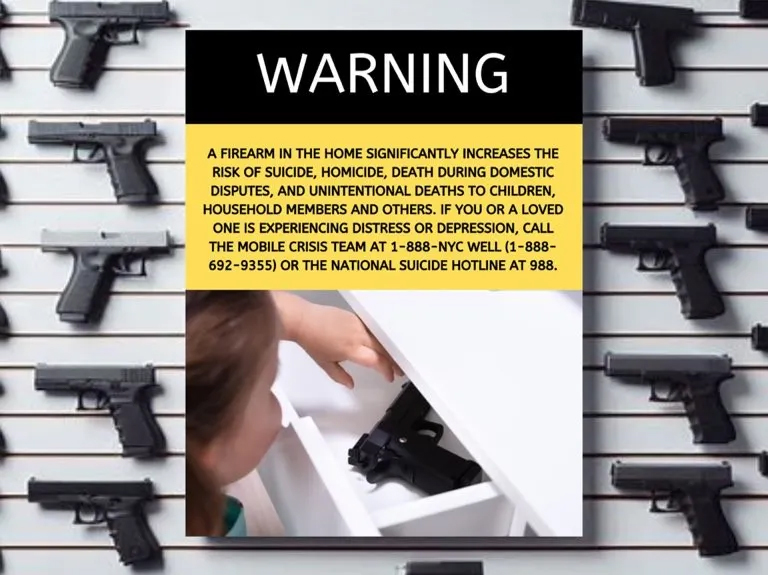
The core claim:
A firearm in the home significantly increases the risk of suicide, homicide, death during domestic disputes, and unintentional deaths to children, household members, and others.
This is politics in scientists’ clothing. It models a gun not as a tool, but as an entity that causes outcomes on its own. It’s like saying that having a bottle of whiskey in the house increases your risk of cirrhosis. In a purely correlational sense, sure, you can make a graph that shows a relationship. But the whiskey’s presence isn’t what caused the cirrhosis. Most people with a cabinet full of liquor will never have a problem with it. A small percentage will find a way to have a problem with liquor no matter where they encounter it. …
This idea of guns as inherently harmful is always going to be common in places where guns are uncommon. We’re cherry-picking a bit to point at what an NYC legislator is doing. Of course their ideas will view guns as alien. Because in that environment, guns are alien — and the point of the posters is to reinforce that.
This is about controlling the narrative about guns. Because whoever controls that will determine the questions that people think to ask. But there’s no way to stop people from learning about guns on their own. If we do a good job at that, the [gun store warning] posters won’t matter.
— Open Source Defense in Who Controls the Gats Controls the Future

Wait a sec, I thought, according to them, suicide was personal choice that NO ONE had a right to interfere with, and they are *warning* about something that’s a personal right?
Huh?
Probably just want to charge a fee for the service of assisted suicide.
Yes. As long as properly insured and licensed deathcare professionals assist you, then you’re allowed to off yourself. There are rules. We don’t want more dead bald eagles.
“A firearm in the home significantly increases the risk of suicide, homicide, death during domestic disputes, and unintentional deaths to children, household members, and others.”
All a lie.
1. A person with suicide ideation is always at 100% increased risk of suicide, no matter if a gun is in the home or not. This is already settled science. There is no one ‘thing’ or ‘groups of things’ that increases risk of suicide, its all the person their self.
2. A gun in the home does not increase risk of homicide, death during domestic disputes,. The vast majority of these are carried out with non-firearm means/weapons, and 60% of homicides are committed by a subset demographic in 13% of the population and over 80% of that 60% uses non-firearm means/weapons. The top ‘weapons’ used to inflict death during domestic disputes is not a firearm, its blunt objects and hands/feet accounting for over 80% of deaths during domestic disputes.
3. “increase risk….and unintentional deaths to children, household members, and others.” – there are literally millions of (collectively) “children, household members, and others” in homes with firearms that do not have unintentional deaths. Accounting for those in risk assessment brings the likely hood of such unintentional deaths to children, household members, and others due to a gun in the home brings the ‘risk’ down to less than the risk of drowning in a swimming pool and indeed, propotionally, a person is over 1,500 times more likely to be run over by a car and 500 times more likely to drown in a swimming pool than they are to meet an unintentional death due to a gun in the home.
Correction for: “…there are literally millions of (collectively) “children, household members, and others” in homes with firearms that do not have unintentional deaths.”
Should have been…
…there are literally millions of (collectively) “children, household members, and others” in homes with firearms that do not have unintentional deaths or suicides or homicides or violent domestic disputes.